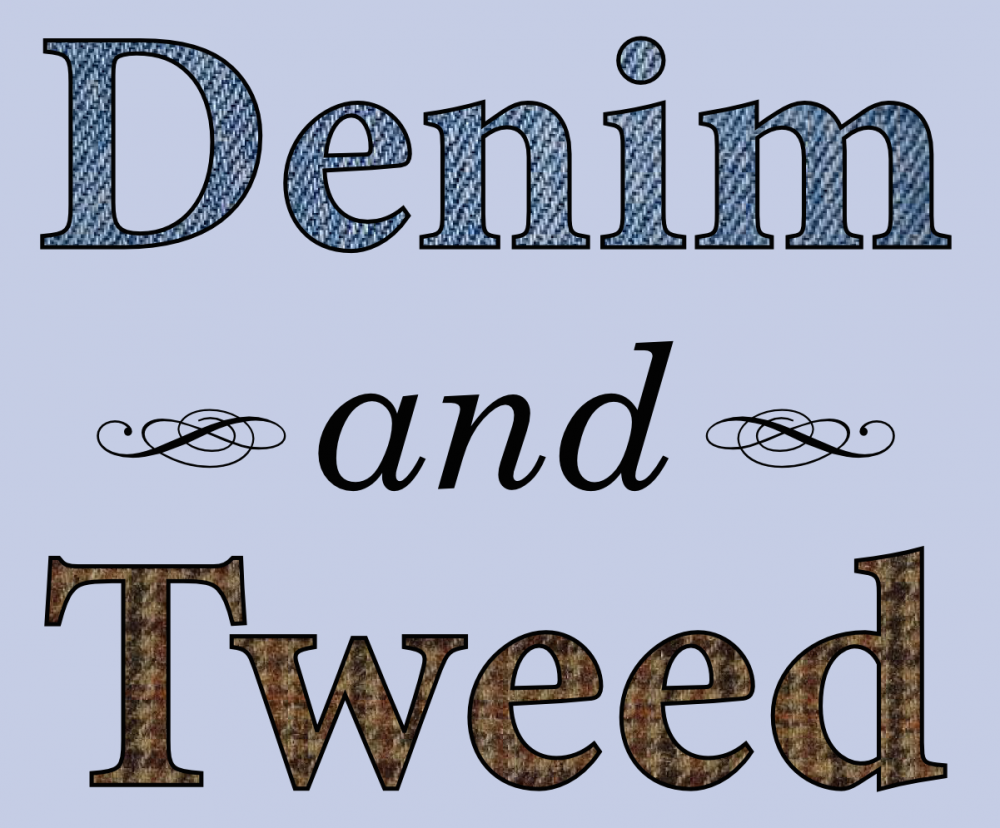![]() Reading a pair of papers recently published in PLoS ONE, you might be forgiven for thinking that ecologists don’t know whether or not interactions between species matter. Both examine the effects of climate change on ecological communities — but where one assumes that species in a community are as interchangeable as bricks in a wall, the other concludes that the presence of competitors is pretty important.
Reading a pair of papers recently published in PLoS ONE, you might be forgiven for thinking that ecologists don’t know whether or not interactions between species matter. Both examine the effects of climate change on ecological communities — but where one assumes that species in a community are as interchangeable as bricks in a wall, the other concludes that the presence of competitors is pretty important.
First, Stralberg et al. attempt to predict what will happen to the birds of California under projected climate change. They constructed individual models of each bird species’ environmental requirements, and then figured out where those requirements would be met under a range of possible climate change scenarios. They find, not surprisingly, that this produces a lot of never-before-seen bird communities:
Our analysis suggests that, by 2070, individualistic shifts in species’ distributions may lead to dramatic changes in the composition of California’s avian communities, such that as much as 57% of the state … may be occupied by novel species assemblages.
But do species really move across the landscape as independent agents? It’s hard to believe that the do. Every species interacts with others — competitors, predators, prey, parasites — and presumably these interactions have some impact on where that species can survive.

How far can this common crossbill move its range if its favorite food tree doesn’t come along? Photo by omarrun.
That’s certainly what the other paper suggests. Adler et al. tested the effects of altered water availability (as a proxy for climate change: normal, supplemental, or drought conditions) and competition (normal or with competitors removed) on experimental plantings of three different prairie grass species. They found significant effects of both competition and rainfall on the plantings’ growth — although there wasn’t a meaningful interaction between the two factors. (That is, competition conditions didn’t alter the effect of water availability.)
There are actually a lot of studies suggesting that species interactions will be important in determining how communities cope with changing climates:
- The prototypic example of this is the case of Great tits and the caterpillars they prefer to feed their chicks — warming climate means that the period when the caterpillars are most abundant is earlier and earlier each year, disrupting the tits’ breeding season [$-a].
- A recently-published experiment transplanted butterflies from populations near the middle of their home range to sites at the northern edge to simulated climate-change driven shifts, and found that the availability of preferred host plants shaped how well the butterflies performed [$-a].
- A study of arctic plant communities’ response to climate change found that herbivory by large mammals could slow or prevent changes driven by warming temperatures [$-a]. (I’ve posted about this study in detail before.)
All of which is to say, we may not know how the species interactions within a particular community will shape its response to climate change, but there’s good reason to think that they will.
References
Adler, P., Leiker, J., & Levine, J. (2009). Direct and indirect effects of climate change on a prairie plant community PLoS ONE, 4 (9) DOI: 10.1371/journal.pone.0006887
Pelini, S., Dzurisin, J., Prior, K., Williams, C., Marsico, T., Sinclair, B., & Hellmann, J. (2009). Translocation experiments with butterflies reveal limits to enhancement of poleward populations under climate change Proc. Nat. Acad. Sci. USA, 106 (27), 11160-5 DOI: 10.1073/pnas.0900284106
Post, E., & Pedersen, C. (2008). Opposing plant community responses to warming with and without herbivores Proc. Nat. Acad. Sci. USA, 105 (34), 12353-8 DOI: 10.1073/pnas.0802421105
Stralberg, D., Jongsomjit, D., Howell, C., Snyder, M., Alexander, J., Wiens, J., & Root, T. (2009). Re-shuffling of species with climate disruption: A no-analog future for California birds? PLoS ONE, 4 (9) DOI: 10.1371/journal.pone.0006825
Visser, M., Holleman, L., & Gienapp, P. (2005). Shifts in caterpillar biomass phenology due to climate change and its impact on the breeding biology of an insectivorous bird Oecologia, 147 (1), 164-72 DOI: 10.1007/s00442-005-0299-6
